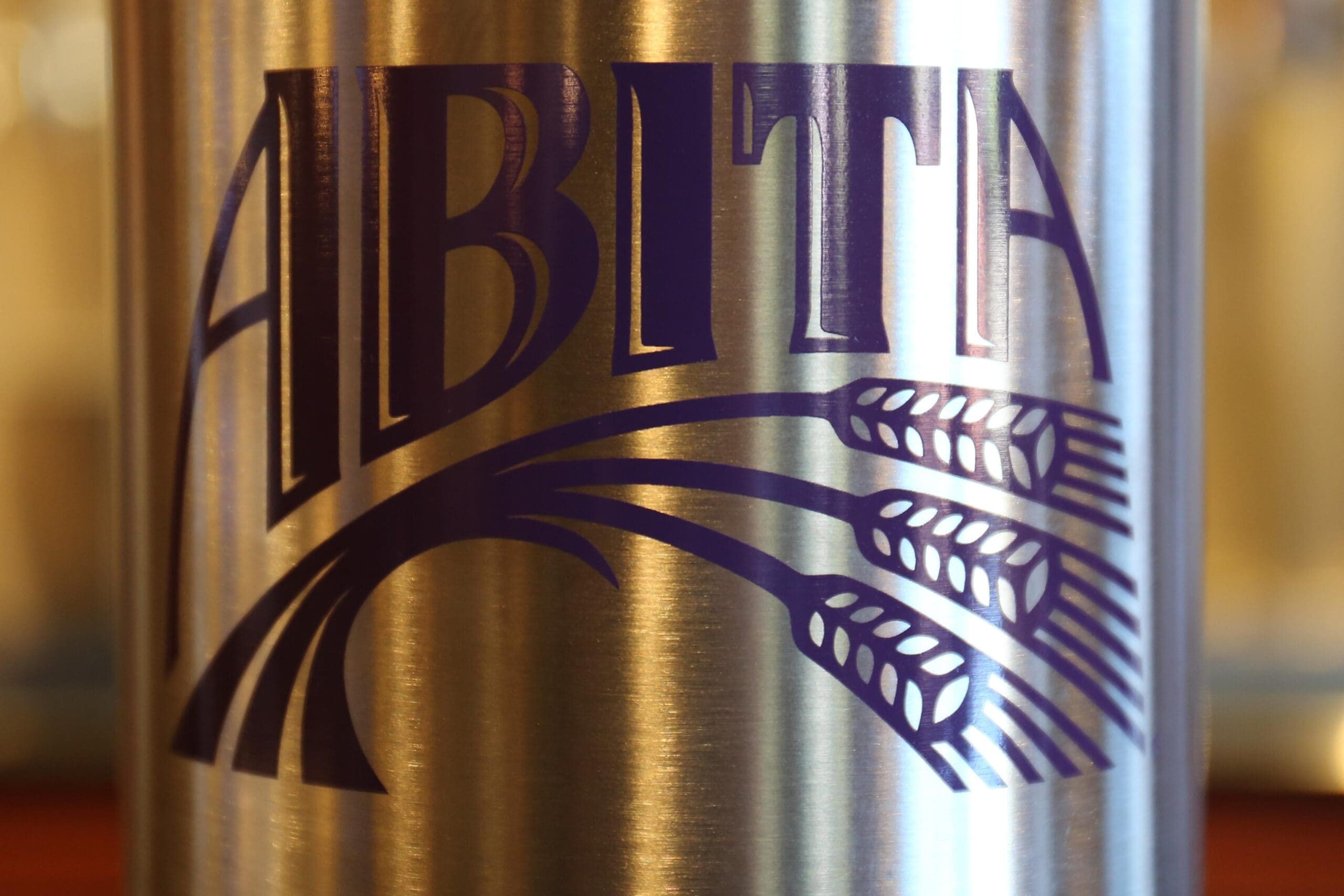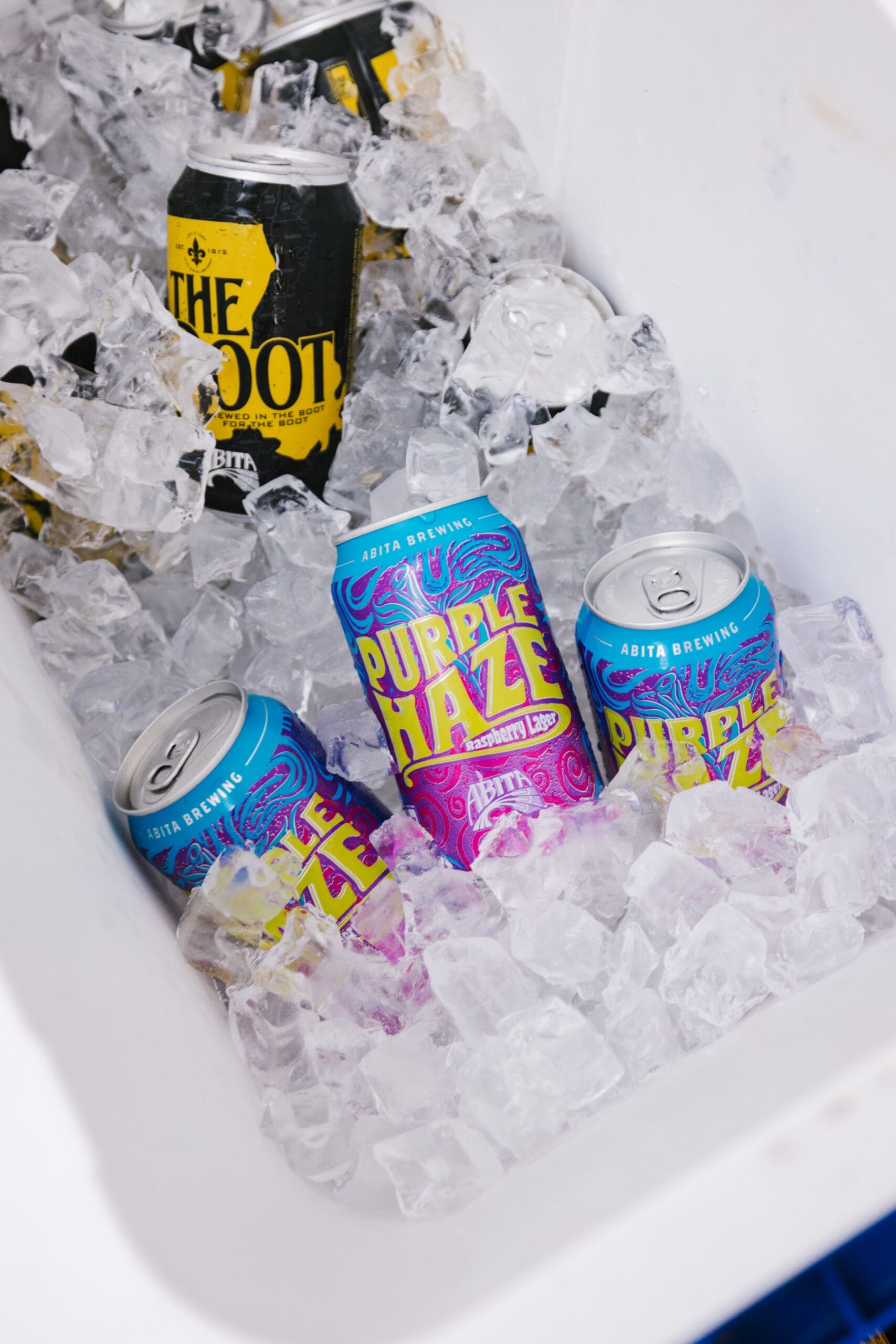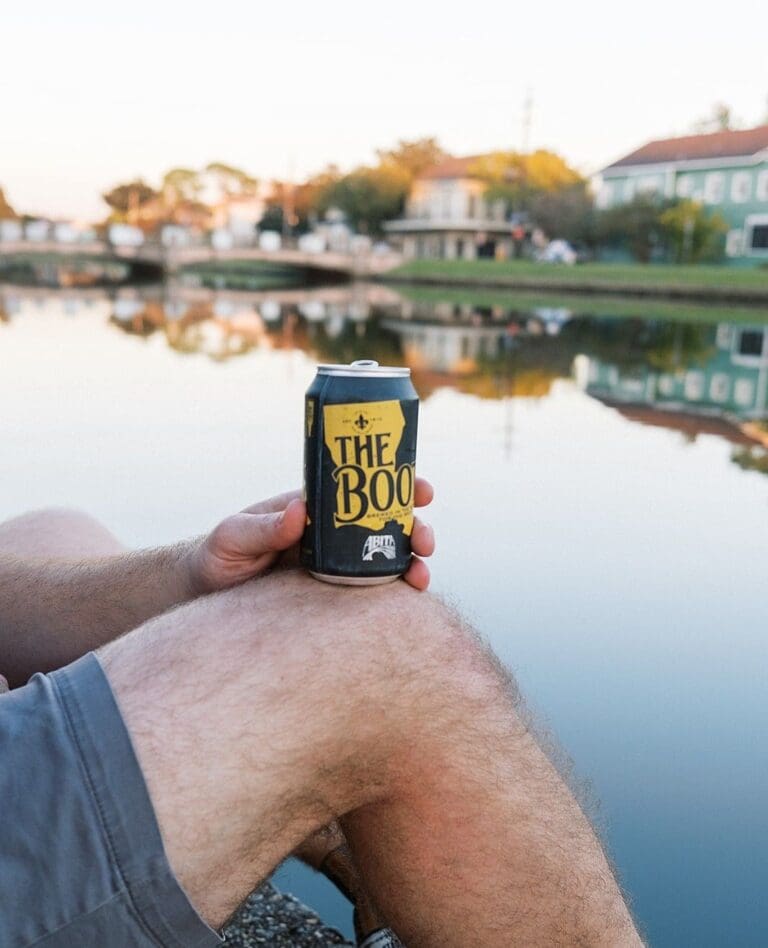WHEN YOU BOIL WATER ON THE STOVE AT HOME… heat is applied to the bottom of the pot and the entire contents of the pot must be gradually heated until it reaches boiling temperature. The more liquid in the pot, the longer it takes to boil.
The Abita Brewing Company was the first brewery outside Europe to use a revolutionary new boiling system called the Merlin. It reduces the boiling time from 90 minutes to 35 minutes and is 70% more energy efficient. It works by moving the wort over a heated cone inside the Merlin, quickly bringing it up to the proper temperature. Have you ever seen one of those cold drink dispensers where the lemonade or fruit punch is circulated like a fountain over a cone inside a clear glass container? The chilled cone in the drink dispenser is cooling the drink and making a pretty display. Inside the Merlin, the heated cone is boosting the temperature of the wort and speeding up the brewing process.
Hops are introduced into the wort at three different stages in the boiling process. Bittering hops are added first to offset the natural sweetness of the wort. During the boiling process flavoring hops are added to give a well-rounded hop flavor and aroma. At the end of the boil even more hops are added for additional aromas in the finished beer.
The brewmaster can test the aroma potential of different hops by brewing up some “hop tea.” The hops are steeped in hot water and the different aromas are evaluated. The brewmaster uses a very sensitive instrument for this process called “his nose.” No mechanical device can replace a first-class human nose.
Once the boiling process is completed the wort is run through a whirlpool to separate the solids from the liquids. Proteins and hops are spun out and clear wort remains.
The wort is still very hot and needs to be cooled before the yeast is added. Pipes full of ice cold water in the heat exchanger drop the temperature of the wort to anywhere from 50 to 70 degrees depending on the type of beer being made.









